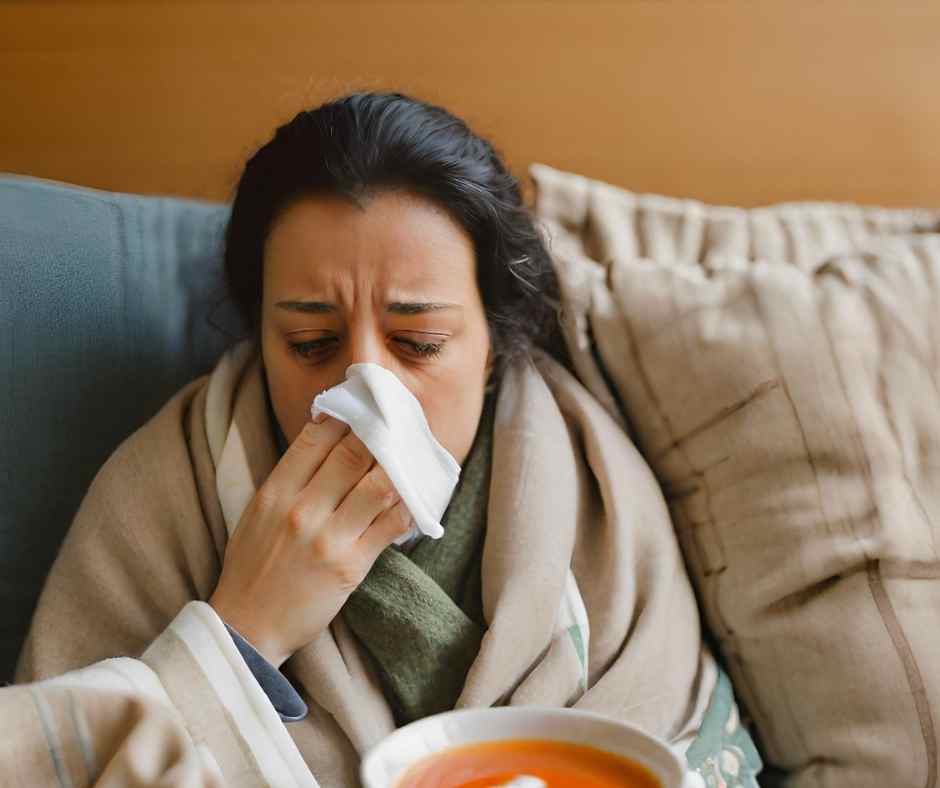Florida is the Sunshine State, and with beautiful weather year round that’s a lot of potential exposure to the sun for people. Floridians, snowbirds, and tourists love Florida for its sunshine and warm weather. Sunshine is naturally alluring but too much sun exposure can be dangerous. Overexposure to the sun creates oxidative radicals in the skin tissue. The result is premature wrinkles and aging of the skin, painful sunburns, and skin cancer. Below, I will discuss the importance of safety in the sun.
Living in a sunny climate, like Florida, places a person at a higher risk of developing melanoma. Melanoma is the deadliest form of skin cancer. In 2015, it was estimated 73,000 Americans were to be diagnosed with melanoma. While it can affect any age, the risk of developing melanoma increases with rising age. Long exposure in the sun and a few sunburns in your lifetime increases your risk of developing this particular cancer.
The sunlight contains ultraviolet rays, including UVA, UVB, and UVC. UVA rays are emitted all day and are the ones that contribute to skin cancer; UVB rays are the most intense from 10 a.m. to 4 p.m. – these rays are the ones that are known to cause sunburns; and UVC rays do no reach the Earth’s surface. While outside, on the water, or on the beach, reflection from the water and sand can increase a person’s exposure to the sun’s rays as well.
Regardless of your complexion (fair or dark), it is recommended to wear sunscreen if prolonged exposure is anticipated. Cancer doesn’t discriminate based on skin shade, so protecting yourself from the sun’s rays is crucial if you want to prevent yourself from developing unsightly wrinkles, spots, painful blisters, or cancer.
The American Academy of Dermatology recommends everyone uses sunscreen that protects against both UVA and UVB rays. Topical sunscreens offer a physical barrier/blocker of the sun’s UV radiation. The strength of protection of SPF 30 or higher is endorsed. A product should protect against a “broad spectrum,” and ideally is water resistant. Sunscreen can’t fully protect you There are other steps you can take to reduce your risk of being harmed by too much sun exposure. Wearing sunglasses can provide some protection and possibly delay the development of cataracts. Clothing including: hats, long-sleeved shirts and pants when possible are physical barriers to the sun’s radiation. Spend more time in the shade. Using the Biophotonic™ Scan offered in Dr. Kordonowy’s office the amount of protective antioxidants derived from your vegetables and fruit in your skin can be quantifiably measured. These carotenoids are “nature’s” sunscreen as well.
It’s even good to use sunscreen on a cloudy day, as up to 8 percent of the sun’s rays can still penetrate your skin. Sunscreen should be applied to skin 15-30 minutes before heading outdoors, so the skin can absorb it. One ounce of sunscreen is the suggested amount to use over the entire body. For best results, sunscreen should be applied often throughout the day (about every two hours), especially after swimming or exercise.
Over the years, people have written about sunscreen not being safe for a person’s skin because of certain chemicals, but is it believed the benefits that sunscreen provides (preventing sunburn and skin cancer) trumps the not-yet proven claims of toxicity on the body from ingredients. No one has yet to die from chemicals in sunscreen, but many people die each year from melanoma.
Statistically, one in five Americans will develop skin cancer in their lifetime. With such high odds, it’s in your best interest to take preventative measures to protect yourself as much as you can from developing this type of cancer. If you have any concerns about your skin’s health or looking for a doctor in the area, contact Dr. Kordonowy of Internal Medicine, Lipid & Wellness in Fort Myers by clicking here or calling 239-362-3005, Ext. 200.










